It’s th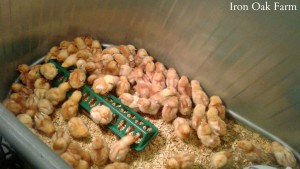 at time of year again! We visited our local feed store to buy goat grain the other night, and as soon as the sliding doors parted we could hear the familiar “peep, peep, peeping” of all the new 2016 baby chicks.
at time of year again! We visited our local feed store to buy goat grain the other night, and as soon as the sliding doors parted we could hear the familiar “peep, peep, peeping” of all the new 2016 baby chicks.
When I was a teenager, I remember there was only one store in our area that got in baby chicks. There were two brooder boxes, with two options. Layers and meat birds. The layer bin contained a mix of orangy-auburn chicks probably Rhode Island Reds, Isa Reds or New Hampshire Reds, and the meat bin, the classic yellow, Cornish Cross.
Our feed store now has 12 different bins, with a wide selection of breeds, including bantams, guineas and 4 types of ducks. And if we don’t like that selection there are many other stores in our area that we can visit.
With all this excitement, and varieties to choose from, it’s easy to get hooked. But before you fill up a box to bring home, here’s a few things to consider when picking out chicks.
Brooder Conditions
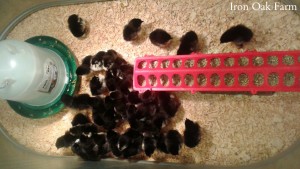 Most feeds stores are really good about setting up a proper brooding system. At our store, the bins are always clean, the water and feeder are full and the lamps are on and at a proper distance from the chicks. If this was not the case, then I would not buy chicks from that establishment.
Most feeds stores are really good about setting up a proper brooding system. At our store, the bins are always clean, the water and feeder are full and the lamps are on and at a proper distance from the chicks. If this was not the case, then I would not buy chicks from that establishment.
Give it a Day or Two
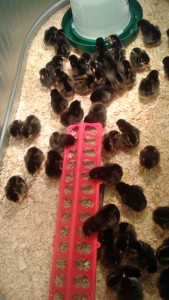 Most chicks that are going to die because of birth defects, or stress or injury from travel will do so in the first 24-48 hours. If you go to a feed store, ask when the chicks arrived from the hatchery. If possible, give the chicks a day or so to settle in. The stronger chicks will survive this critical period, and you’ll be less like to loose one.
Most chicks that are going to die because of birth defects, or stress or injury from travel will do so in the first 24-48 hours. If you go to a feed store, ask when the chicks arrived from the hatchery. If possible, give the chicks a day or so to settle in. The stronger chicks will survive this critical period, and you’ll be less like to loose one.
Giving the chick a bit of time to recuperate from its initial shipment, also helps lower stress levels before moving it to yet another brooder in your home.
Pasty Butt (for more information about treating Pasty Butt visit my post Dealing with Pasty Butt)
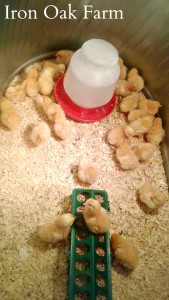 Pasty butt is when the droppings build up around the vent. It’s not a life threatening condition if treated promptly and often. But it does indicate that the chick has been stressed or chilled at some point in its young life. Many times chicks with pasty butt are fine, but know that you will have to clean the vent several times a day for the first week or so, until the chick is large enough to clean itself.
Pasty butt is when the droppings build up around the vent. It’s not a life threatening condition if treated promptly and often. But it does indicate that the chick has been stressed or chilled at some point in its young life. Many times chicks with pasty butt are fine, but know that you will have to clean the vent several times a day for the first week or so, until the chick is large enough to clean itself.
Personality and Vitality
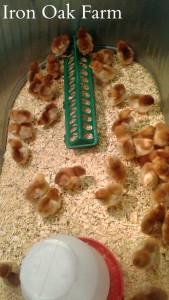 As a rule, I always pick a chick that I’ve seen eating. The willingness to eat is a good sign that the chick is healthy and robust. Active chicks, chicks that are curious and alert are also a good choice.
As a rule, I always pick a chick that I’ve seen eating. The willingness to eat is a good sign that the chick is healthy and robust. Active chicks, chicks that are curious and alert are also a good choice.
Chicks are known to nap suddenly and sometimes it’s startling to watch as they just fall over with exhaustion. This is normal and should not be confused with an unhealthy chick. Usually, the chick wakes just as suddenly as it fell asleep and continues with active behavior.
A chick that lingers in one spot, that won’t walk, even when encouraged or bumped by it’s brooder mates or that falls when it is awake should be avoided.
Visible Defects
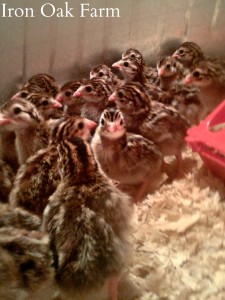
Check the chick over for signs of problems. Cross beak is sometimes apparent at a young age. It usually appears as though the beak is pulling to one side. Sometimes one eye will look as if it’s been stretched. As the chick grows, the cross will become more apparent.
Check the wings, feet and legs, check for injury and overall health.
Avoiding the 3% Rooster
Many backyard chicken keepers are interested in pullets only. But even a sexed brooder bin usually has around a 3% chance of getting a rooster. There are many different theories on how to tell a cockerel from a pullet, some are true, and some seem to be wives tales. In my own experience, I’ve found a few things that seem to hold true among chicks that end up being roosters.
You have to watch them for a while. Really get down, and look at the chicks in the bin. Compare them and watch how they act, interact and carry themselves.
If all the chicks are supposed to be the same age, and one is larger, even slightly, it might be a rooster.
If the feet or legs are thicker/longer, it might be a rooster
If it walks more upright, with its chest out, it might be a rooster
If the comb area seems to be just a tiny bit wider, or more pronounced, it might be a rooster.
If it’s bossy, it might be a rooster
If the wing tips do not line up parallel, it might be a rooster.
To all of you adding little ones to your home this spring, enjoy!






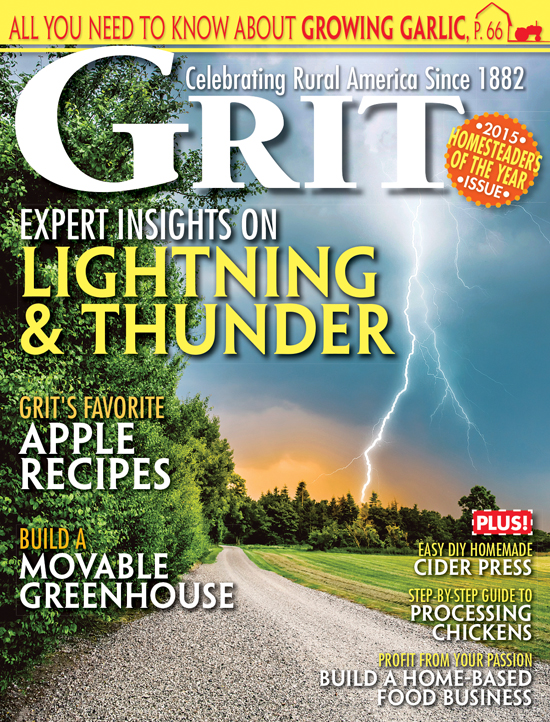



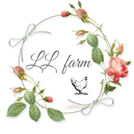

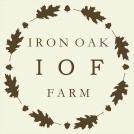
6 Comments
Hi there, do you mind if I use one of your photos for a facebook post to let folks know our chick orders are canceled due to covid19 (I have a small store)? It will have your farm name on it, so everyone will know it belongs to you.
While trying to print the information on “Choosing the good chick” I was unable to print page 3. I tried several times, and it just won’t print.
getting ready to purchase our baby chicks….we live in Kingston, WA….our weather in summer most of spring and fall are wonderful but in the winter months say Dec, Jan, Feb, Mar can be wet and chilly. We need hardy stock for those months that will lay all year around. Our girls are mainly for eggs and i really love the blue color eggs so we always have a couple of Americana. What are the best hardy layers ….
How long does it take for a chicken to grow new feathers after she molts?
Also, how long should a hen sit on eggs that haven’t hatched?
Also, is it possible for a hen to eat her eggs when the chick starts to peck out of his/her shell?
Thanks for your help!
Bev
All good advice, especially the bit about avoiding the roosters. I always end up with at least one out of ten being a boy. And the only 2 that were hatched here were both roosters! What luck! Anyway, I think all of the things you pointed out are helpful in identifying roos. When picking out chicks I used to look for the biggest healthiest ones. Given my experience, I think I will just go for healthy, not big.
Thanks for a great article.
Thanks so much for the info. We’re heading to the feed store in the next week or so topics out our first chicks. Now we know what to look for:)